Cleaning fNIR Imagers and Sensor
All generations and models: Use an alcohol-based antiseptic to gently wipe the surface of the fNIR Imager unit or sensor; never use peroxide-based antiseptics.
Part #: RXFNIR-4
Product Family
Product Type
Microvascular Oxygenation
Use fNIRS in muscle activation studies to increase understanding of underlying control mechanisms that couple oxygen delivery to oxidative metabolism.
Optical brain imaging
fNIRS functional near-infrared spectroscopy (prefrontal cortex)
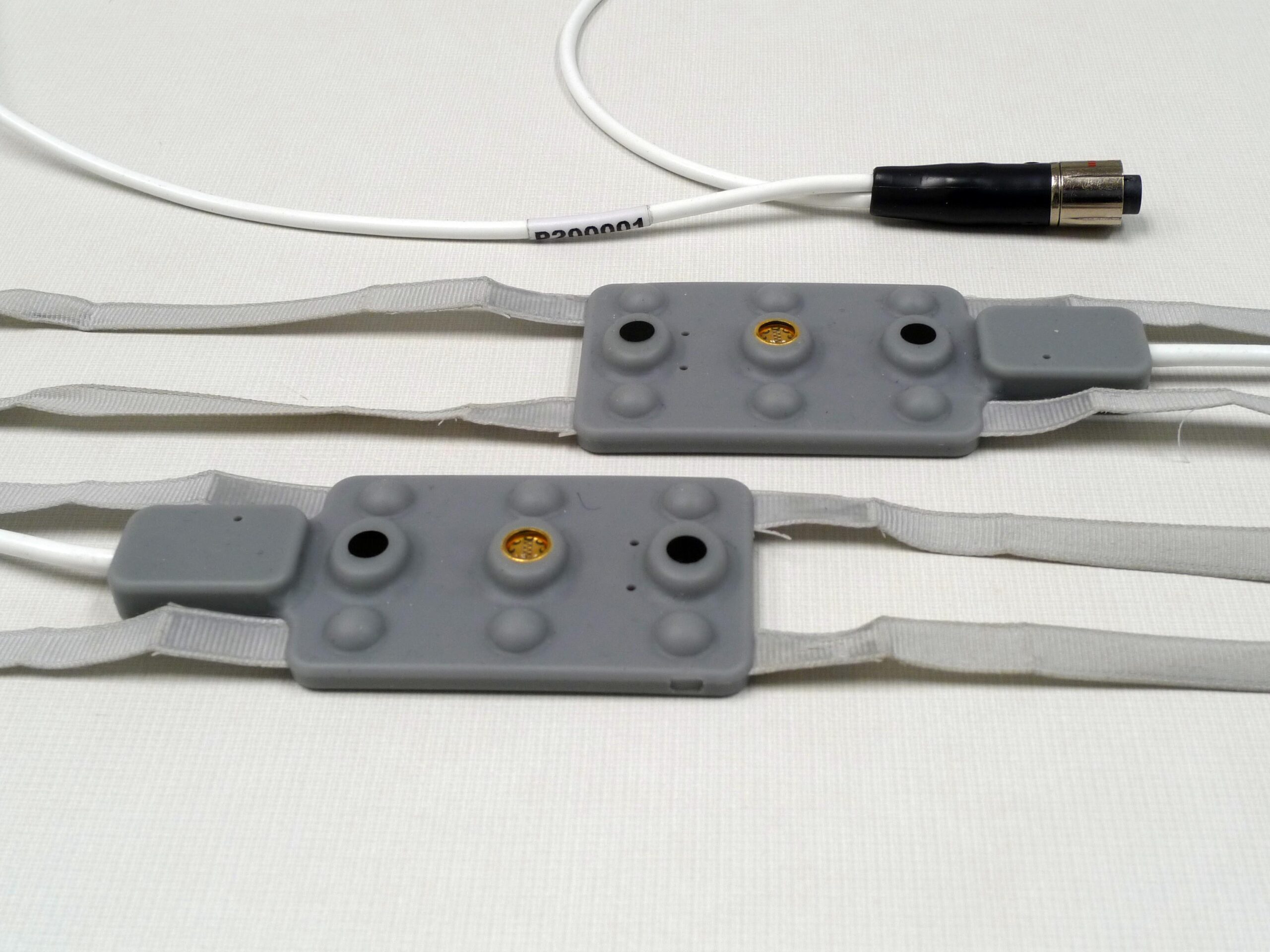

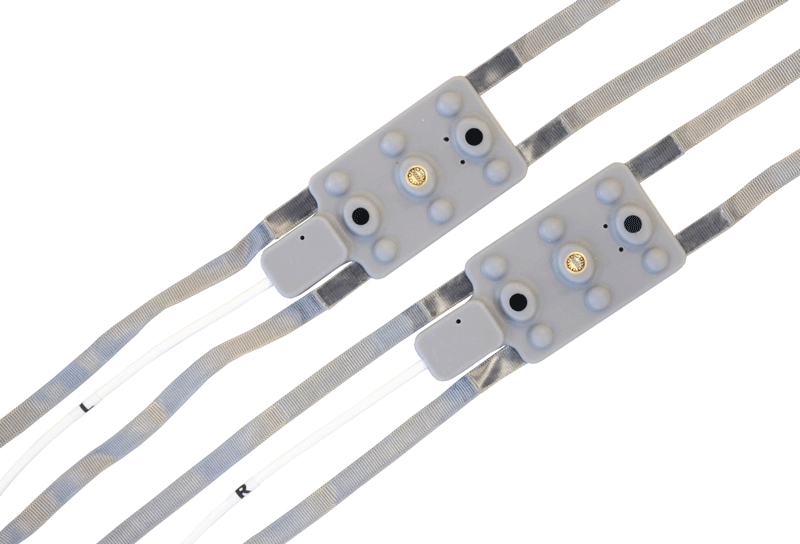


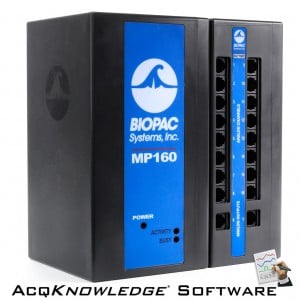
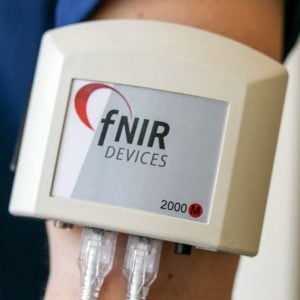
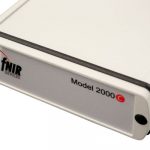
Stay Connected